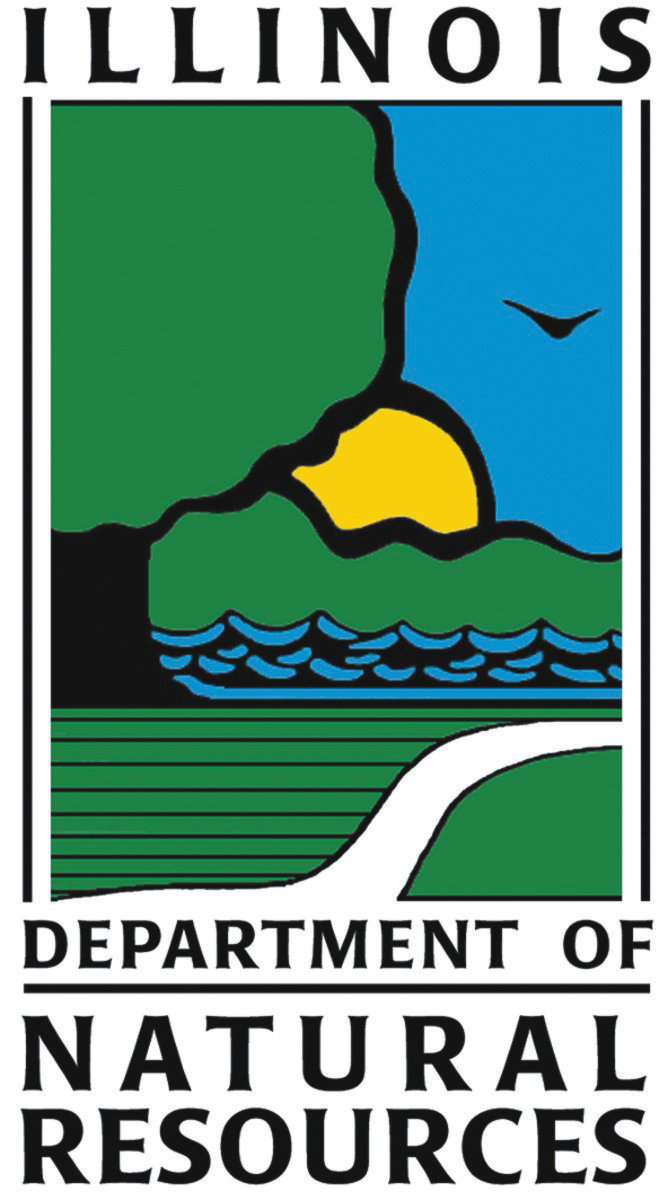
Showcase Projects


Pollinator-friendly Garden at Great Lakes Navy Base
Naval Station Great Lakes provides effective stewardship and management of its land and water resources while supporting Navy operations and the military mission. As part of the Installation’s Natural Resources Management Program, we are working to enhance terrestrial habitats by implementing native trees, herbaceous plants, grasses, and pollinator friendly species within urban landscape areas. Pollinator species play a crucial role in flowering plant, fruit, and vegetable reproduction and are vital to our natural ecosystems. Urbanization can contribute to habitat loss and fragmentation, and subsequently to the decline in some pollinator species. For this reason, it’s important to utilize developed areas for restoration projects.
This year volunteers from the Naval Station Great Lakes Environmental Department and the U.S. Fish and Wildlife Service Chicago Field Office partnered for a joint workday to plant a 1,000 square foot pollinator friendly garden in an unused green space on the base. Eighteen different species were planted including butterfly weed (Asclepias tuberosa), stiff goldenrod (Oligoneuron rigidum), showy black eyed susan (Rudbeckia fulgida), little bluestem (Schizachyrium scoparium), prairie blazing star (Liatris pycnostachya), and royal catchfly (Silene regia). The plants selected for the garden vary by color, height, and season of bloom in order to support a variety of pollinator species. Naval Station Great Lakes plans to continue implementing pockets of pollinator gardens where possible in developed areas and to educate our local community on the importance of these gardens.
Submitted by: Naval Station Great Lakes
More Habitat Friendly Projects
The wetland mitigation at the Lisle Park District Community Park provided off-site wetland mitigation for 1.48 acres of wetland impact that occurred at Arbor Trails, a residential development also located in Lisle. The project resulted in creating a mosaic of high quality wetland that included wet prairie, sedge meadow and emergent plant communities surrounded by restored oak savanna with over one hundred native species.
Submitted by: V3 Companies
The 303 home Atwater residential subdivision in Naperville, Illinois was constructed on 204 acres of a former golf course. The subdivision contains more than 90 acres of nature preserve containing naturalized stormwater detention basins, stream and riparian environments, wetland, woodland, savanna and prairie ecosystems. Over 60 acres of low-profile prairie, low-profile meadow, wet to mesic prairie, wet meadow and wet prairie areas were seeded.
Submitted by: V3 Companies
The Gray Willows Wetland Mitigation Bank consists of creating and restoring 100 acres of wetland, prairie, and woodland communities located on a 200-acre property owned by Campton Township. Tile disablement and minor grading were conducted to restore wetland hydrology in 32 acres of former agricultural land, mowed turf grass landscapes, and degraded uplands along Ferson Creek.
Submitted by: V3 Companies
Submit Showcase Projects
Do you have a habitat-friendly project that you would like to share to be considered as a showcase project on the CICADA site?
We know that it takes a lot of planning and work to install and maintain wildlife-friendly habitats. Help others learn from your success. If you have a project you’d like to see featured on the CICADA site contact us at: dnr.cicada@illinois.gov
Disclaimer: The IDNR does not endorse any particular company or organization which may be displayed on the CICADA website. Showcase projects are intended for educational purposes only.







